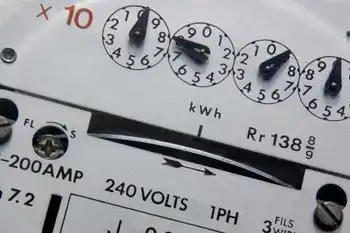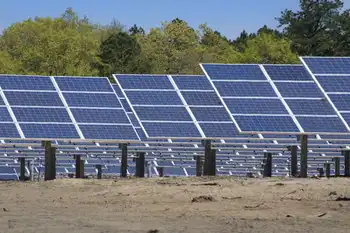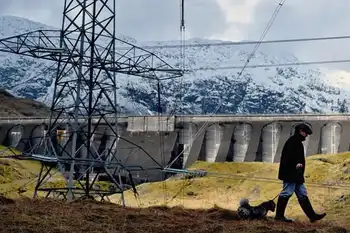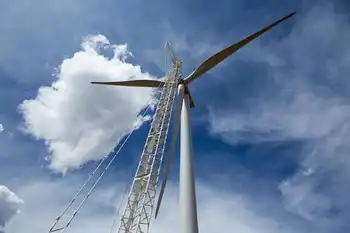Hydro-Quebec gets candid about outage management
- Between January 5 and 10, 1998, Québec experienced exceptionally harsh weather conditions as three successive storms left up to 110 mm of ice over the south of the province. Though robust and well-maintained, the Hydro-Québec grid suffered unprecedented damage.
In the days and weeks that followed, thousands of Hydro-Québec workers, with substantial support from colleagues from Québec companies and neighboring electrical utilities, worked relentlessly to restore power in the regions hardest hit.
By late January, most customers again had power. However, the efforts to ensure a secure power supply did not end there.
Major investments have made the Hydro-Québec grid of today much more robust and better able to withstand the impacts of extreme weather events like the ice storm. As a result, Hydro-Québec is now able to restore service to its customers more quickly.
Q: What has been done since 1998 to minimize the effect of similar weather events in the future?
A: Like other regions of the world, Québec is not immune to extreme meteorologic conditions. We cannot control Nature but we can control how we act and minimize the impacts of such events. We have invested on a number of fronts to reinforce our power network and improve its performance under harsh climatic conditions.
Thousands of poles, towers and kilometers of lines fell in 1998, often through a domino effect, sometimes increasing by 80 the time it took to restore service to our customers.
Now, our new construction standards limit the potential for that effect. The mechanical strength of our grid has been increased. For instance, by making every tenth tower along a transmission line a very robust anti-cascading tower, we limit the damage that results from the collapse of a single tower.
On the distribution system, we have strengthened poles and their anchoring. We thus ensure that the poles remain intact despite high wind and ice loading. Only the conductors fall, not the poles. Such measures make it possible to restore service more quickly.
Since 1998, all new lines have been built to these tougher engineering standards.
Hydro-Québec has also changed the configuration of its transmission system to make energy sources more secure and to include redundant sources of supply in case of line failures. These “loops” permit the delivery energy over different paths.
Furthermore, if a satellite substation on the transmission grid is lost, certain distribution lines can provide backup from another substation in order to supply customers.
Q: How does maintenance work help make the grid more robust?
A: A good example is our effort in the area of vegetation control near transmission and distribution lines, a job that plays a huge role in protecting our power system from the impact of weather events like the ice storm.
Many power failures are caused by contact between branches and power lines. The farther vegetation can be kept away, the better the grid will withstand storms.
Q: If the 1998 storm happened now, how would the power system respond?
A: Restoration times would be much shorter. This is because efforts to reinforce the grid, such as creating loops, strengthening facilities and pruning trees, would reduce the number of customers affected and the extent of damage. Repair efforts would thus be more localized and take less time.
Related News

Sunrun and Tesla Unveil Texas Power Plant
TEXAS - In a significant development for renewable energy and grid resilience, Sunrun and Tesla have announced a groundbreaking partnership to establish a distributed power plant in Texas. This collaboration represents a major step forward in harnessing solar energy and battery storage to create a more reliable and sustainable power system. The initiative aims to address the growing demand for clean energy solutions while enhancing grid stability and resilience in one of the largest and most energy-dependent states in the U.S.
The new distributed power plant, a joint venture between Sunrun, a leading residential solar provider, and Tesla, renowned for…




